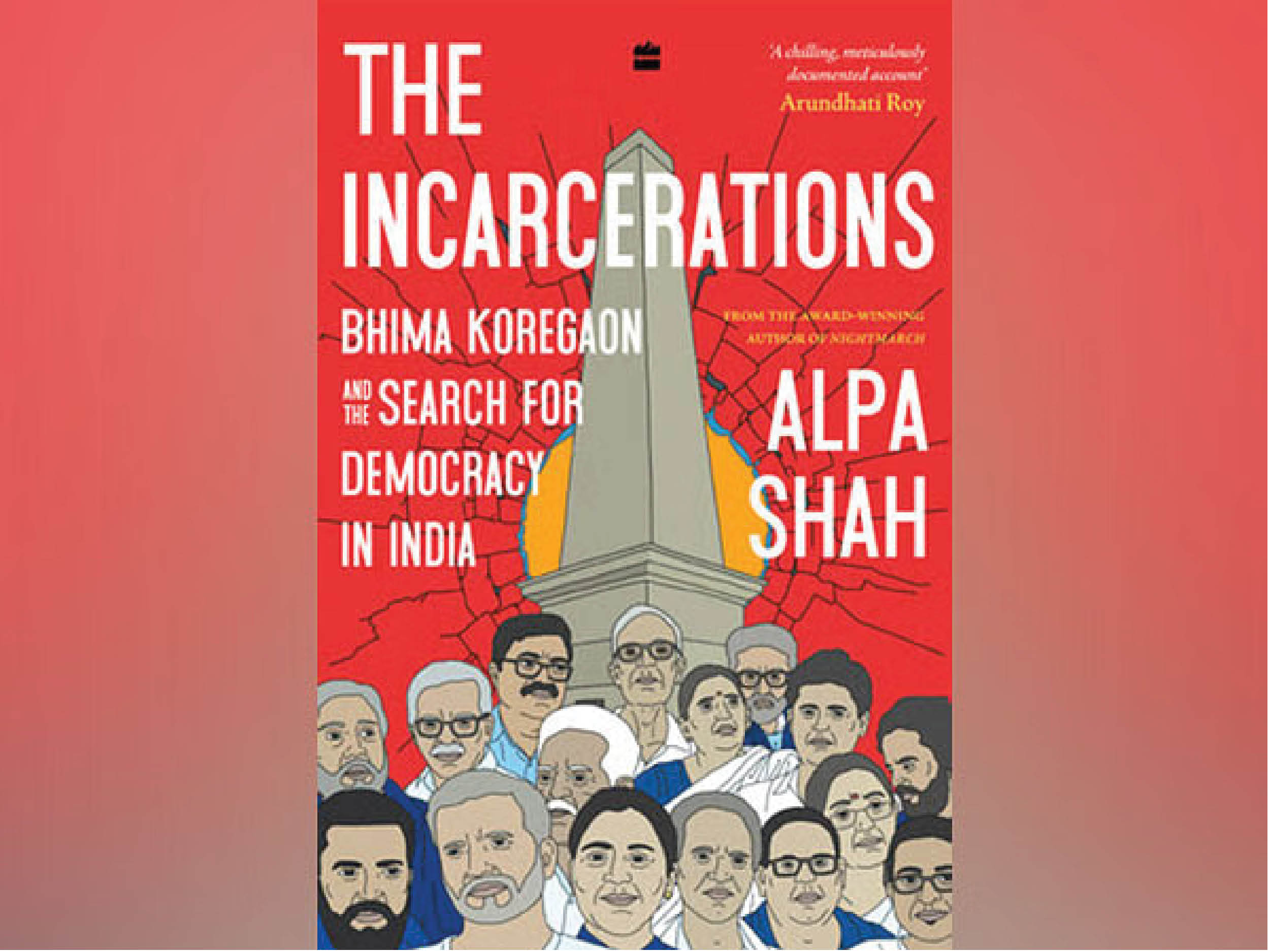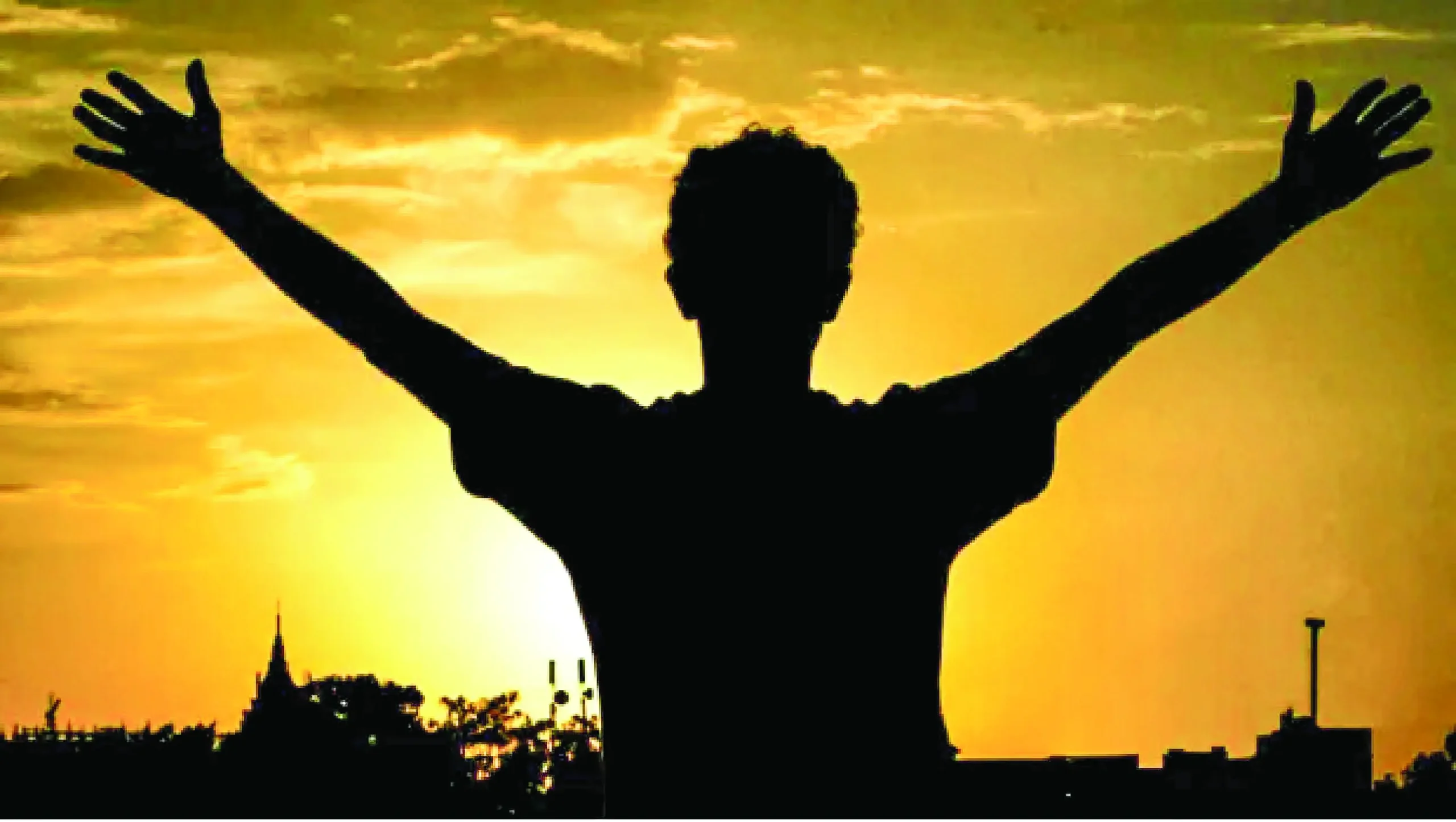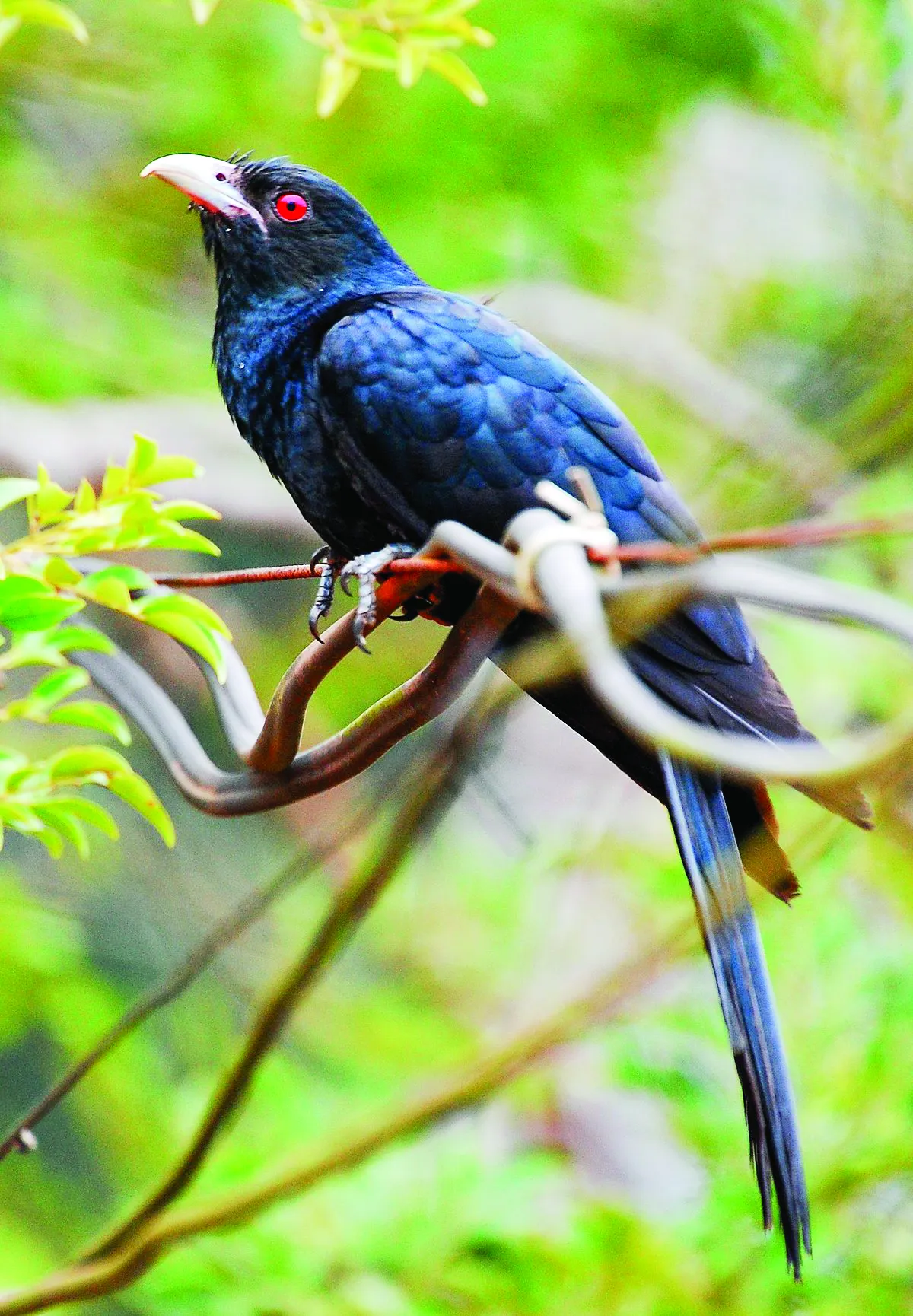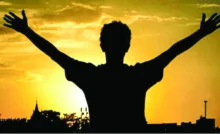‘The Incarcerations: Bhima Koregaon and the Search for Democracy in India’ (2024) is written by Alpa Shah. She is a Professor of Anthropology at London School of Economics. The book starts with the introduction of ‘dramatis personae’, who belonged to different sections of society as representatives of the particular sections which are mainly concerned with Adivasi, Dalits and Muslims, all were victimized by politics and incarcerated in connection with the prime minister’s assassination plan in 2018, as which is commonly known to Bhima Koregaon-16 (BK-16) case. Most of them did not know each other before their incarceration. In this book Alpa Shah decodes the political discourses, meta narratives and the hegemony of a particular religion in contemporary Indian history and tries to establish humanitarian principles and practices in the context of the incarceration of Bima Koregaon.
The media are such a powerful tool which makes our social and political opinion. It is not possible for an individual to access information about the incident or event independently, so his or her dependency is on the media. But when the media starts ignoring marginalized and dissenting voices, how can one get relevant and reliable information? As Alpa claims, in the case of Bima Koregaon, ‘the many television news channels not only accepted the police version of the events without question but also ran TV shows and debates in support of it.’ The Republic TV telecasted Bima Koregaon story and their arrest in connection with the prime minister’s assassination plot and claimed a copy of the letter for this plot too. But when Sudha Bharadwaj, one of the BK-16, filed a legal complaint against the Republic TV for spreading fake news and demanded a copy of the letter, she was refused and said that was the result of their own ‘investigative journalism’.
The same provocative narrative was used by the police for further investigation. So the media trials play an imperative and important role in making fictional elements against the activists and intellectuals in India who are fighting for the betterment of the Adivasis and Dalits for their legal and legitimate rights. Some of them constantly register their dissents on environmental issues and implementation of the saffron agenda and ideological domination. Alpa challenges this type of journalism, which is committed to divulging ‘ridiculous, scurrilous and unsubstantiated’ stories and allegations. She proves that the media is being used as a weapon to blur social problems and deflect public attention to consumerism and other political motives in the postmodern world. Alpa says that today Indian democracy, in other words the ‘mother of democracy’, is facing the greatest challenges, especially the Indian constitution and its spirt of equality, secularity, unity in diversity are all under threat by the domination of a single cast or creed where the liberty of thought, expression, belief and equality of opportunity has been marginalized systemically. In a different context, Alpa questioned these confidential letters about the assassination plot because she had firsthand experience during her anthropological research between 2008-2010 on the Maoist guerrilla armies where they use code words for communication or any action, and then how it is possible to discuss the assassination plot in so casually a manner in the letters.
It is ironic that, on the one hand, national and international governing bodies at different levels are raising awareness of climate change and global warming issues, but on the other hand, corporates and MNCs in developed and underdeveloped countries persistently accruing from marginalized people, especially in developing countries like in India where some Adivasi-communities are being forced to leave their native lands. Alpa tries to unveil this harsh reality that, in many cases, the displacement of indigenous people from their land is being normalized in the name of ‘national development’ projects. Where some industrialists/corporates earn huge money from projects sanctioned by the government. If someone raises his or her voice against these malpractices, he or she may be arrested. Like an eighty-year-old priest, Stan Swami from Jharkhand was arrested in connection with the BK-16, because he was not a ‘silent spectator’. He had been fighting for the rights of Adivasis for three decades. He articulated his resistance to the displacement of indigenous people from their land by the state and corporations. He tried to make them understand that the police are not the real enemy but the administration, government and capitalist class are the real enemy, he emphasized. Though his health did not allow him to do so, he was committed to fighting every injustice and raised questions about the ruling powers of India. He proved his solidarity with the Adivasis community in many cases. The state apparatus did not pay any attention to his health issues and did not grant bail on health grounds. He passed away in the jail. Prof. Ramachandra Guha and Mihir Deasi said his death was a ‘case of judicial murder’ and ‘custodial death’ respectively.
Apla portraits some biographical sketches so vividly that detail and description have its own touching and interesting impact on the mind of the reader. Like in the case of Sudha Bharadwaj who surrendered her US citizenship and came back to devote her life to the struggle of the poor in her own country. After arriving in India she had to go through the process of ‘de-accente’ and ‘declass’ herself first and learning something practically beyond formal education. Only then she could understand the inequalities of the real world where Adivasi became merely a puppet in the hands of capitalists and industrialists. So she started living with the Adivasi community members in Chhattisgarh to understand them as well as enlighten them about their legal rights and environmental issues. Bharadwaj jumped in the battle against the mining corporations and state nexuses and crony capitalism. The issues of environmental litigation, forest rights, land acquisitions, habeas corpus cases, mass rapes, encounter killings were addressed by Sudha and her team.
The term ‘Urban Naxal’ is totally politically motivated. Even the ideological differences at administrative level between the centre and state are being defined with the help of this term. Even the Prime Minister Narendera Modi said during the election campaign of 2024 that ‘the ruling Punjab leadership (AAP) is a mirror of the ideology of urban Naxal…They may take the state down the wrong path.’ So those who believe in different ideological approaches other than the ideology of the BJP they all ‘Urban Naxals’, ‘anti-nationalists’, ‘Naxal sympathizers›. Alpa addressed such uncomfortable questions in her book with a critical and realistic approach. She frequently compares and contrasts incidents that happened in the past with their reflections on the present and the future. This technique of comparison assists her to have a balanced critique of reality and a ‘fact-finding mission›, while simultaneously expounding the political sociology behind each and every incident, which makes her discourse valid and vivid for making authentic arguments.
This book discoursed how the judiciary and UAPA have been weaponized by the state to vanquish any critical voices and dissents. Alpa writes, when revolutionary poet Varavara Rao’s name was brought up in the BK case, his family was worried that this time the prison experience would be significantly different because Rao had been incarcerated as a ‘convicted criminal not as a political prisoner whose trial had not even begun.’ Professor Anand Tellumbde and artists of the Kabir Kala Manch had been working for the progress and prosperity of the marginalized, stigmatized and oppressed groups, i.e. the Dalits and raised their voices against the ‘systematic planned casteist valance’. They were arrested in connection with BK-16. Rona Jacob had a communal harmony and pro-democratic message for society and was arrested. Gautam Navlakha passionately worked for the defense of civil liberties, particularly for the people of Kashmir. He was also arrested. All the incarcerations were done with deep planning and plotting. In most cases, victims’ computers/laptops were hacked to fabricate some objectionable and offensive materials. So these are sad stories about revolutionaries who were/are fighting against the cruelty of the government in the so-called world›s largest and oldest democracy. Authenticity is maintained in this work with the appropriate quotations and citations, which makes it a reliable document on the theme of the incarceration of Bima Koregaon. All the major and most important historical and political events have been discussed with authentic quotes and notes. This book elaborates the most conflicts and contradictions of our recent past, especially in the two terms (2014, 2019) of the Modi government and its episodic attack on democratic institutions and trying to suppress independent voices.
When Alpa was talking about Prime Minister Narendra Modi’s visit to Tesla, she compared the two situations. On the one hand, the people affectionately welcomed the Prime Minister of India, and on the other hand, some protesters had gathered outside the hall and criticized the Modi government for ill-treating minorities and the poor in India. She quoted some messages from social websites to prove her strong dissatisfaction with the current situation in India. But here, the level of disparagement was very low. The ordinary people may call the PM whatever they want, but in such scholarly writing, Alpa should not have quoted this type of derogatory remark (Alpa Shah, 2024:35) about the popular Prime Minister because she was trying to write a valuable argument in favour of democratic values. So the level of criticism should have been maintained. But overall, the book meticulously discourses the democratic issues and a ‘search’ for democracy and gives a chance to understand the real meaning and implementation of Louis Althousser’s concept of ideological state apparatus and repressive state apparatus.
Dr. Satinderpal Singh Bawa is Lecturer in Punjabi, GSSS Bhagal Kaithal Haryana (India) and he has got published two books in Punjabi Criticism. He frequently writes in Punjabi and English.









